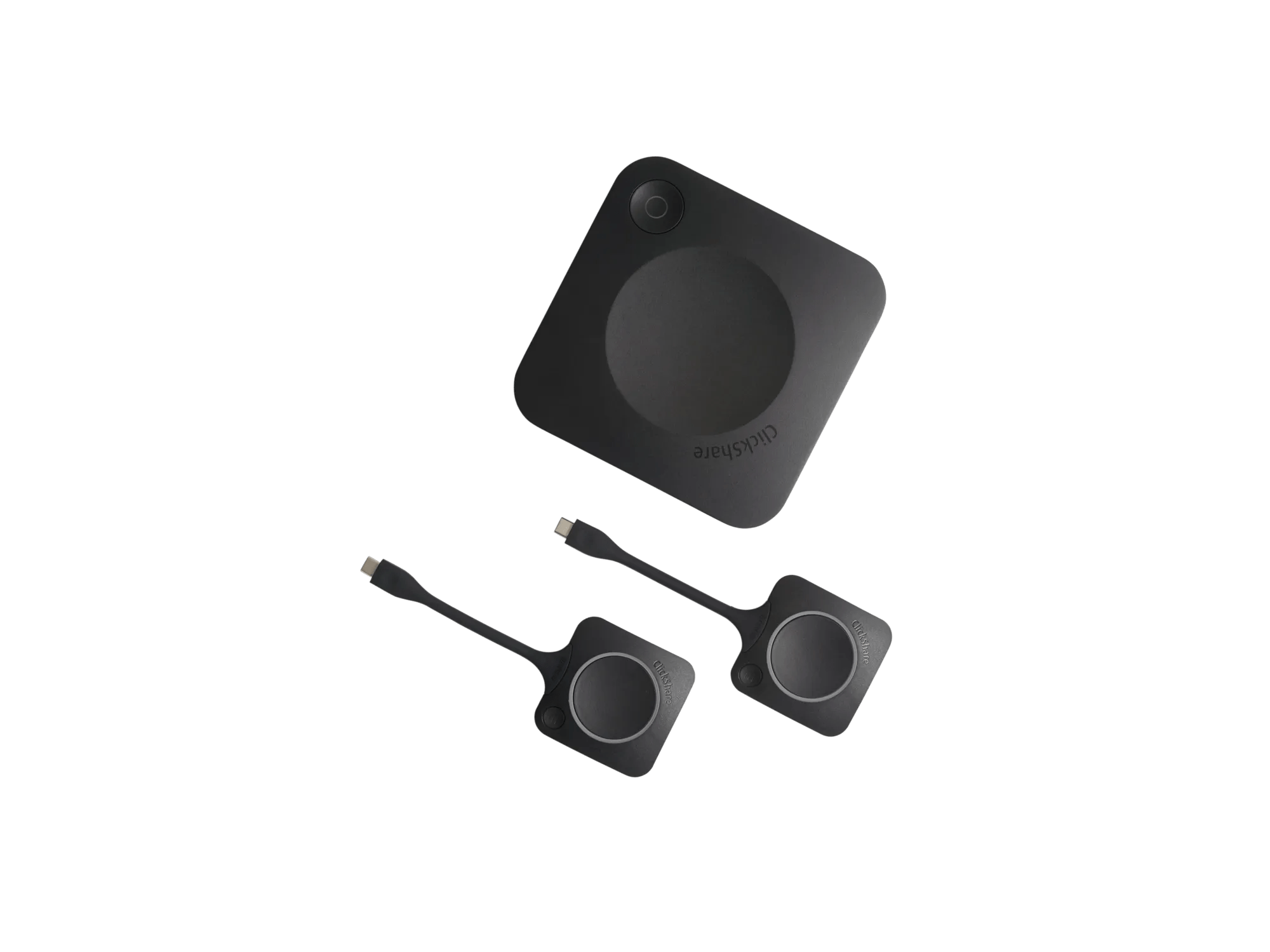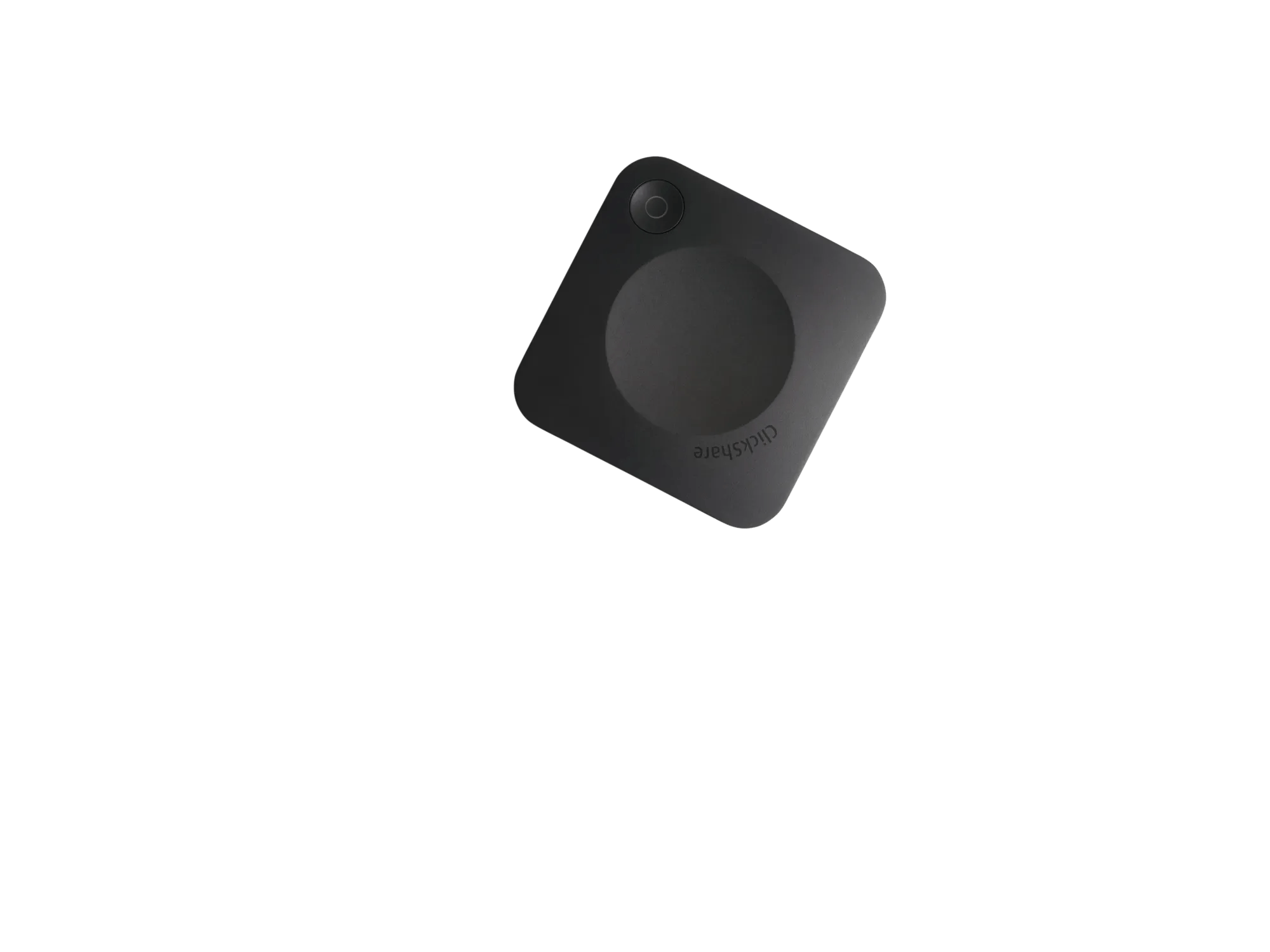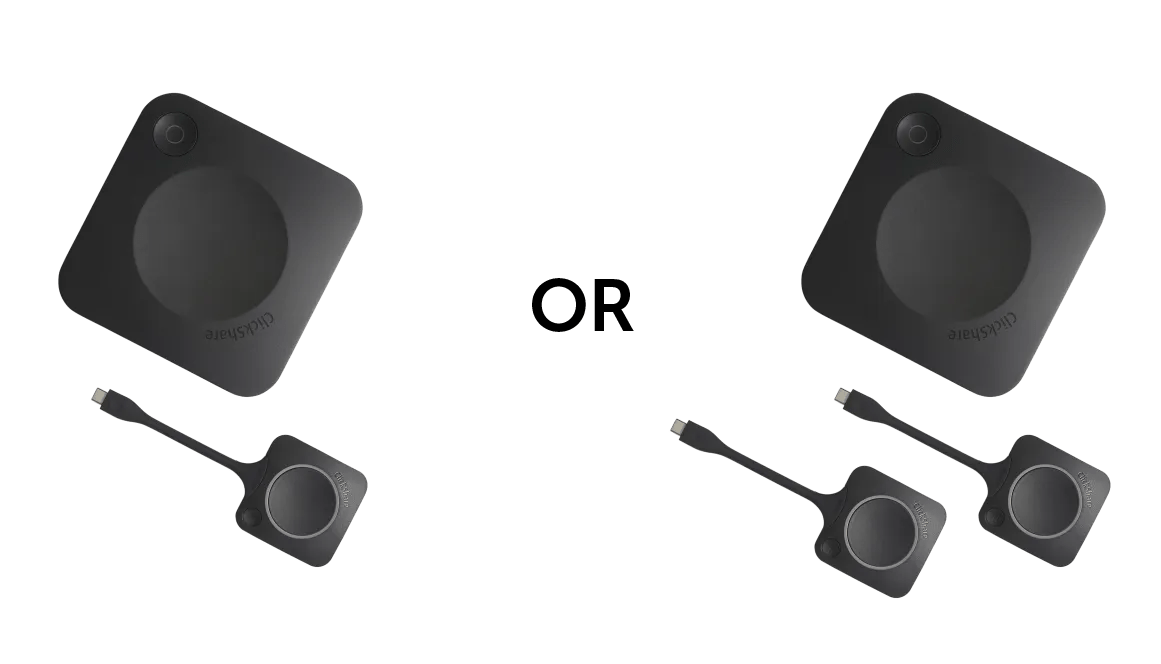35%
have trouble to fully engage during virtual meetings
Welcoming a hybrid workforce in the offices, brings new challenges for businesses to introduce more meeting equality in video-enabled meetings. The latest ClickShare research found that remote employees experience inequality in hybrid collaboration, as 71% struggle with hybrid meetings. 1 in 3 of remote workers feels less engaged and involved than their on-site colleagues. With the right tech at the heart of any hybrid meeting space, organizations can make sure everyone gets a seat at the virtual table and has an equal share of voice, no matter where they are.
Remote workers are increasingly concerned about their hybrid meeting experience, which they perceive as inequal, less collaborative and less engaging compared to their on-site colleagues. Many are going as far as to consider new job opportunities at organizations where they believe they will be more included.
There are plenty of hurdles to take when looking for an inclusive workplace and more in particular for meeting equity. With the rise virtual and hybrid meetings, an extra dimension is added to those. Is physical presence key for meeting participation and engagement? Does inclusivity in hybrid meeting differ from that in face-to-face or even virtual meeting?
What actions can you take to maintain a good level of digital equality for all participants, wherever they are? Can tech be a driver for positive, productive hybrid collaboration?

have trouble to fully engage during virtual meetings
find it difficult to have their voices heard when joining hybrid meetings remotely
56% feel meeting leaders focus too much on those in the physical space during discussions
Meeting equality or equity is a way to ensure more inclusive and engaged meetings. So, making sure everyone feels valued and is on equal terms in a meeting. Meeting equity ensures that remote employees have the same sense of engagement, collaboration and access to technology as those who are physically around the table.
Many factors can influence meeting equality:
Some workers have never experienced issues with meeting equality, others struggle with inclusion on a daily basis. HR managers should explore options to create more awareness for meeting equality. Simply because anyone who has the feeling he or she can freely express his mind, is a happier employee. And every worker should have access to the right tools to do so. In such, meeting equality is directly linked to employee well-being, as our research unveils. 1 in 3 is thinking of moving jobs because of frictions, stress and inequality during hybrid work and meeting. Empowering workers with more autonomy and flexibility leads to more job satisfaction and a more productive staff. Which ultimately results in a higher employee retention. A win-win for all.
"Hybrid meetings have become the mainstay of professional collaboration, and organizations must do a better job removing the access and engagement barriers that can create a 'less than' perception for remote workers," said Lieven Bertier, Segment Marketing Director, Workplace at Barco.
Over the past two years, workers have become accustomed to hybrid technology and flexibility. People’s mindsets about what the workplace should look like has changed. Today, we expect easy to use, high-quality voice and video experiences that allow us to see and hear each other clearly, and that enable us to be more productive and included wherever we are located.

silenced in videocalls as off-site participant
finds it hard to get noticed
can’t read body languages or social cues
In the new hybrid workplace meeting equality has become more than just a buzzword. Since in-room meetings usually have a higher rate of interaction and participation, they make collaboration easier. Everyone is present in the same room and can contribute equally. Actually, there’s more happening in the room than just talking. You have power dynamics playing in the room, you can read a person’s body language, see facial expression, and hear every nuance. Everyone has the same access to meeting room tech which only strengthens the seamless and natural way of working together.
Adding remote participants to a meeting, makes collaboration more complex and less intuitive. There’s an actual, physical distance between participants in video meetings. They no longer sit together in the same space, there are virtual and physical walls separating them.
In virtual videocalls or remote meetings, where every participant is dialing in, there is a regained sense of equality. The talking heads experience where everyone is out-of-the-office or working from home, has access to a laptop, apps and UC platforms like Microsoft Teams or Zoom. The video experience is identical for all, be it not ideal. Since every team member is equal, there are no power dynamics at play and different voices can engage. A fully virtual meeting may thus come as a relief, and a chance to fully participate and be heard in discussions. With features like hand raising, additional chat discussions, surveys, automatic timekeeping, possibility for taking notes and recording, new ways of participation are endless.
In hybrid meetings, you have a unique mix of in-room and remote users, so creating an equal meeting experience for all can be challenging. Remote users can easily feel alone, distracted, ignored and left out, especially when they have no access to video or a camera view of the meeting room. Their engagement drops faster, which makes their meeting participation far from equivalent to that of their in-room colleagues.




